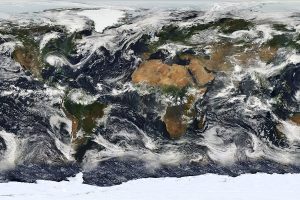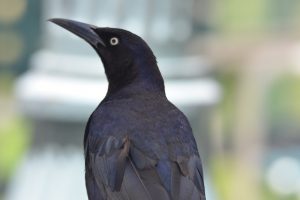Curious Meerkat Advent Calendar 2016
It has become something of an annual tradition that I produce an advent calendar each year with facts, interesting links and videos. Consider it a little festive treat for your brain :) Here is your 2016 advent calendar – check out the doors that are already open, and come back each day for a new treat!
Trading Aliens:
How Politics Helps and Hinders Invasive Species
The spread of non-native species across the globe is a major concern – species out of their natural range can cause millions of pounds of damage, spread diseases to humans and livestock and threaten native wildlife. They are a huge financial burden to control, but almost impossible to eradicate. New invasive species reach foreign lands by hitching a ride on our trade routes, so changes to global trade could have serious implications for our economies and our ecosystems.
Continue reading
Cholesterol and fats prime immune cells to clog arteries
A fatty diet could change your genetic make-up, priming the immune system and causing clogged arteries.
Epigenetic changes – which often involve adding methyl to particular DNA sequences in a process known as DNA Methylation – can alter gene expression in response to environmental stimuli. The field of epigenetics has excited biologists because it allows animals to adapt their genetics to fit the environment, while also passing some of that experience on to the next generation.
How much land on Earth is inhabited?

Question:
How much of the land on Earth is covered by humans? (Asked by Lynne)
Answer:
Approximately 10%.
This question is an interesting one because, when my friend asked me the other day, I could tell her confidently that not only did science know the answer, science had multiple different ways to quantify that answer, but that I had absolutely no idea what it was.
Flexibility doesn’t make you creative

Great-tailed grackles are very flexible, quickly learning to associate new cues with food, but new research suggests this doesn’t help them innovate to solve new problems.
Study tracks young sea turtles in Pacific for first time
What do those cute little baby sea turtles do after their epic sprint to the water? Until very recently, we simply didn’t know. Nobody had been able to study the movement of juvenile sea turtles in natural conditions – they were simply too small and too difficult to track. But a new study reveals for the first time just what the young turtles have been up to in the Pacific ocean – and it shows that they are just as determined and tenacious as they were on land, fighting strong currents to reach their preferred feeding grounds.
Continue reading
